How Long Do Solar String Lights Usually Last?
Solar string lights have become a go-to for adding a warm glow to backyards, patios, or gardens. They’re eco-friendly, easy to set up, and don’t hike up your electric bill. But one question pops up a lot: how long do these lights actually last? Whether you’re decking out your space for a season or planning year-round ambiance, knowing their lifespan helps you make smart choices. This article breaks down the durability of solar string lights, from the LEDs to the batteries, and what impacts their longevity.
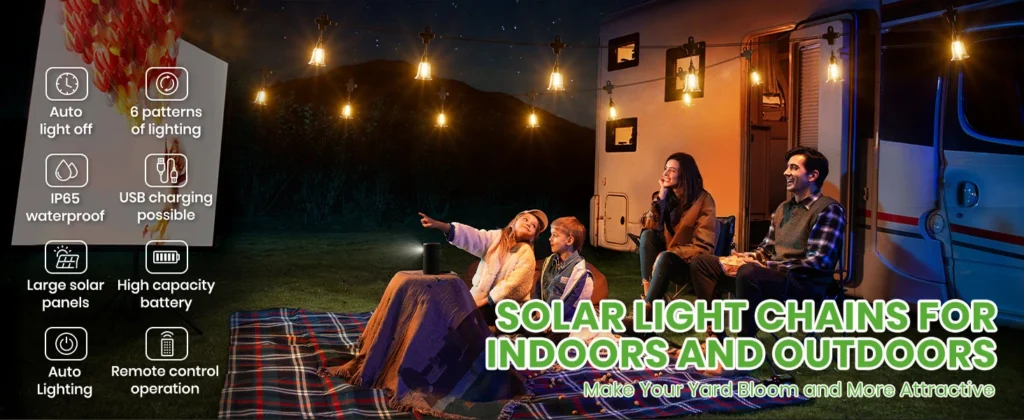
LED Lifespan: The Long-Lasting Glow
The heart of solar string lights is the LED bulbs, which are built to shine for ages. Here’s what you need to know about their durability:
- Typical LED Lifespan: Most LEDs in solar string lights last between 20,000 and 50,000 hours. If you run them for 5 hours a night, that’s roughly 4,000 to 10,000 nights—translating to 10–25 years of use.
- Why LEDs Last: LEDs are energy-efficient and don’t burn out like traditional bulbs. They’re solid-state lights, meaning they’re less prone to breaking from physical shock.
- Quality Matters: Higher-end solar string lights often use better LEDs, which can hit the upper end of that lifespan. Cheaper models might not, so check reviews or specs before buying.
The takeaway? The LEDs themselves are rarely the weak link. You’ll likely replace other components long before the bulbs give out.
Battery Lifespan: The Real Limiting Factor
While LEDs can last decades, the rechargeable batteries in solar string lights are what usually determine their overall lifespan. Here’s the breakdown:
- Battery Expectancy: Most solar string lights use NiMH (Nickel-Metal Hydride) or lithium-ion batteries, which typically last 1–3 years or about 500–1,000 charge cycles.
- Charge Cycles Explained: A charge cycle is one full charge and discharge. If you’re using the lights nightly, you’re burning through cycles faster, so the battery might need replacing sooner.
- Battery Quality Varies: Like LEDs, battery quality depends on the brand. Premium solar string lights often have better batteries that lean toward the 3-year mark, while budget options may fizzle out closer to 1 year.
Batteries are the Achilles’ heel, but with proper care, you can stretch their life significantly.
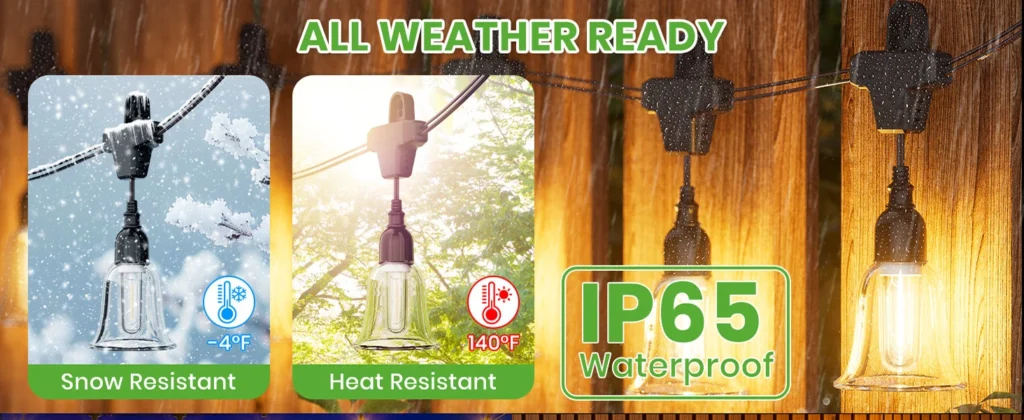
Environmental Factors: What Shortens Lifespan?
Solar string lights live outdoors, so they’re at the mercy of Mother Nature. Environmental factors play a big role in how long they last:
- Rain and Moisture: Most solar string lights are rated IP65 or higher, meaning they’re water-resistant, but constant exposure to heavy rain or humidity can corrode connections or damage the solar panel over time.
- UV Exposure: Sunlight powers the lights, but it also degrades plastic casings and wires. UV-resistant materials in higher-quality models help, but prolonged exposure can still cause fading or brittleness.
- Extreme Temperatures: Freezing winters or scorching summers can stress batteries and electronics. NiMH batteries, in particular, don’t love extreme cold, which can reduce their capacity over time.
- Dust and Debris: Dirt on the solar panel cuts down its efficiency, leading to weaker charges and shorter nightly runtimes. Regular cleaning helps keep things running smoothly.
Where you live matters. A coastal area with salty air might wear lights out faster than a mild, inland climate. Choosing weather-resistant models and storing lights during harsh seasons can make a big difference.
Extending Battery Life: Practical Tips
The good news? You can often replace batteries to keep your solar string lights going strong. Here’s how to maximize their lifespan:
- Choose Replaceable Batteries: Some solar string lights have built-in batteries you can’t swap out. Opt for models with accessible battery compartments for easy replacements.
- Use High-Quality Batteries: When replacing, go for reputable NiMH or lithium-ion batteries with a capacity (mAh) matching or exceeding the original. Cheap batteries might save a buck but won’t last as long.
- Clean the Solar Panel: Dust or grime can block sunlight, reducing the charge. Wipe the panel gently with a damp cloth every few months.
- Store in Off-Seasons: If you’re not using the lights in winter, store them in a cool, dry place to protect the battery and wiring from extreme weather.
- Avoid Overcharging: Some modern solar string lights have overcharge protection, but if yours doesn’t, avoid leaving them in direct sun for weeks without use, as it can stress the battery.
With these steps, you can often double the battery’s lifespan, keeping your lights twinkling for years.
Signs It’s Time to Upgrade
Even with great care, solar string lights won’t last forever. Here are the red flags that it’s time to replace them:
- Dim or Flickering Lights: If the LEDs are noticeably dimmer or flicker even after a full charge, the battery or solar panel might be failing.
- Short Runtime: If your lights only stay on for an hour or two instead of all night, the battery likely can’t hold a charge anymore.
- Physical Damage: Cracked solar panels, frayed wires, or broken bulbs mean it’s time to consider a new set. Repairs are often more hassle than they’re worth.
- Corrosion or Rust: Moisture can sneak into connections, causing rust or corrosion. If cleaning doesn’t fix it, the damage might be irreversible.
- Outdated Technology: Newer solar string lights often have better efficiency, brighter LEDs, or smarter features like remote controls. If your set feels outdated, upgrading can be worth it.
If you’re seeing these signs, replacing the battery might buy you some time, but a new set could offer better performance and longevity.
Conclusion: A Balance of Care and Quality
So, how long do solar string lights usually last? With proper care, most sets shine brightly for 2–5 years, though the LEDs can last up to 25 years, far outpacing the batteries. The key is choosing quality lights with durable components and maintaining them well—cleaning the solar panel, storing them in harsh weather, and replacing batteries when needed. Environmental factors like rain, UV exposure, or extreme temperatures can shorten their life, so picking weather-resistant models is a smart move. By watching for signs of wear and upgrading when necessary, you can keep your outdoor spaces glowing for years. Whether it’s for a cozy patio vibe or a festive holiday setup, solar string lights are a solid investment when you know how to make them last.

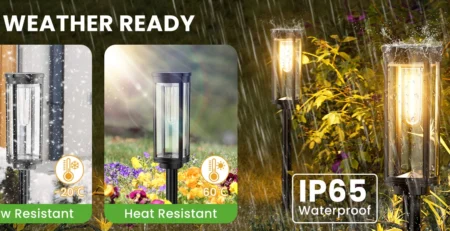
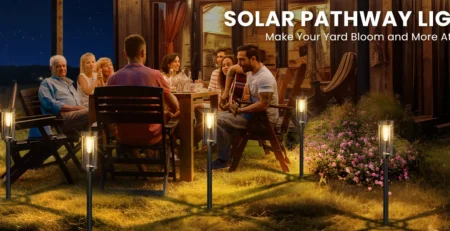
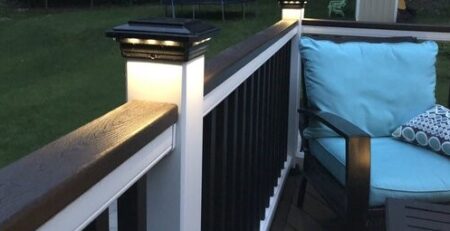
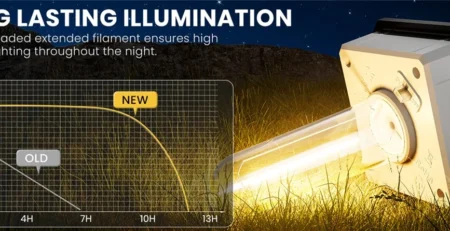
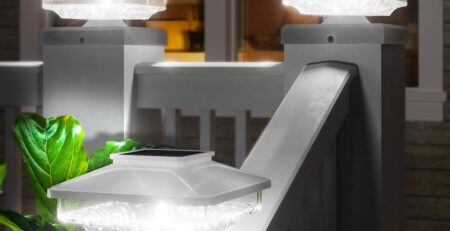

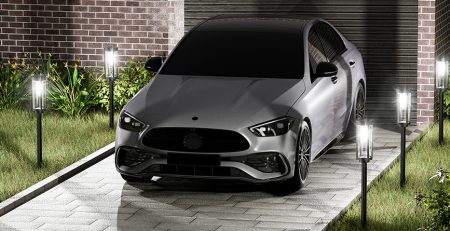
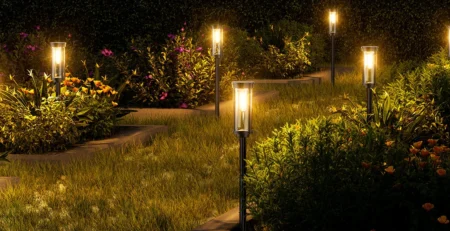
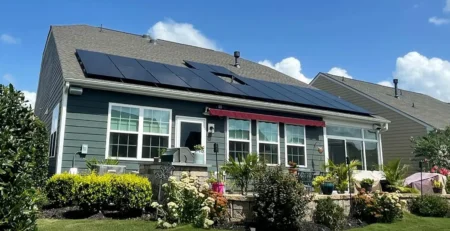
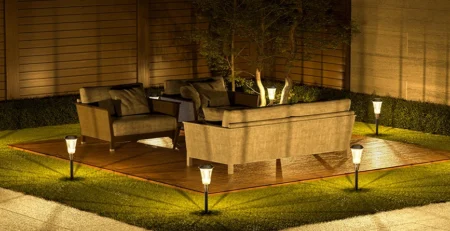
Leave a Reply